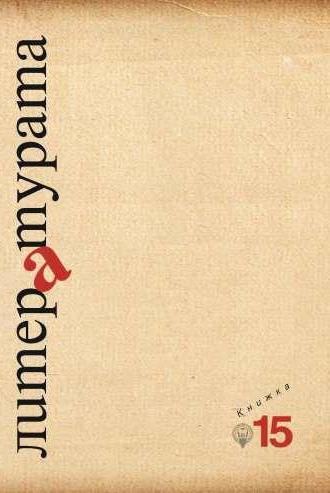
We kindly inform you that, as long as the subject affiliation of our 300.000+ articles is in progress, you might get unsufficient or no results on your third level or second level search. In this case, please broaden your search criteria.

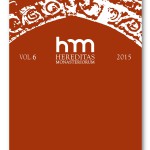
Antropologia monastyczna [Paweł Grad]; Rola szlaków dziedzictwa kulturowego dla nowego zdefiniowania funkcji klasztorów i sposobów wykorzystania ich dziedzictwa kulturowego. Uwagi na marginesie książki Łukasza Gawła, Szlaki dziedzictwa kulturowego. Teoria i praktyka zarządzania [Marcin Jewdokimow]; Montserrat Jimenez Sureda, Crist i la historia. Els inicis de la historiografia eclesiastica catalane en el seu context europeu (Historia), Barcelona: Servei de Publicacions de la Universitat Autonoma de Barcelona, 2014, pp. 489 [David Ferre Gispets]; Joanna Daranowska-Łukaszewska (red.), Mam ja skarb mam... Katalog. Wystawa z okazji czterystu lat pobytu karmelitanek bosych w Polsce, Muzeum Archeologiczne w Krakowie, maj – wrzesień 2012, przeł. Teresa Bałuk-Ulewiczowa, Kraków: [s. n.], 2012, ss. XXII, ss. 233, il., tekst równoległy w językach polskim i angielskim [Janina Dzik]
More...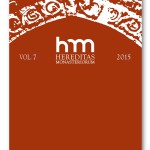
Program Ministra nauki i Szkolnictwa Wyższego pod nazwą "Narodowy Program Rozwoju Humanistyki" w latach 2012-2016
This is the chronicle of project "Cultural heritage of dissolved monasteries on the territory of former Poland and in Silesia in the 18th and 19th c.: fate, significance, cataloguing". Research founded under the ministry of Science and Higher Education's "Natuonal Programme for the Development of Humanities" for 2012-2016
More...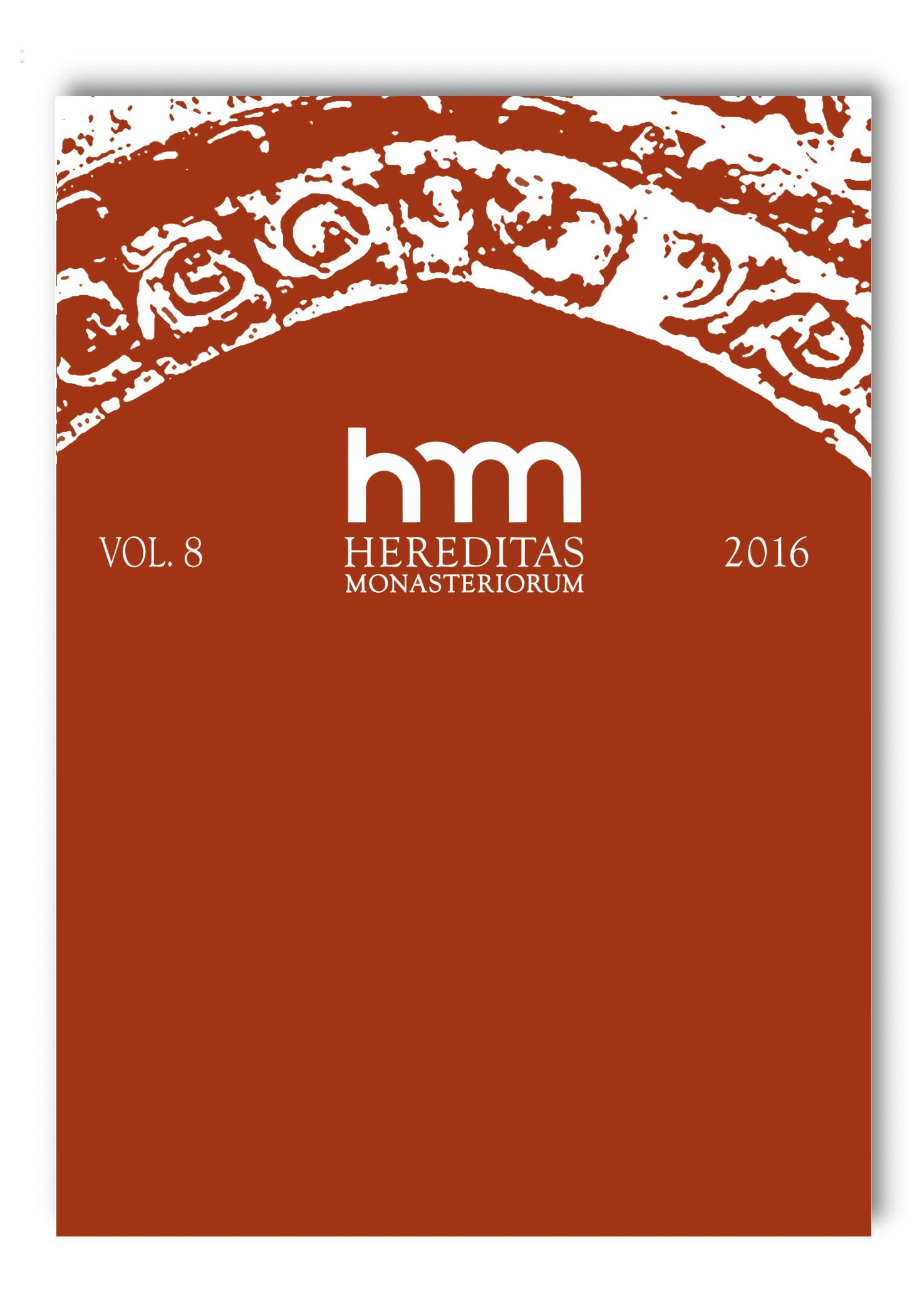
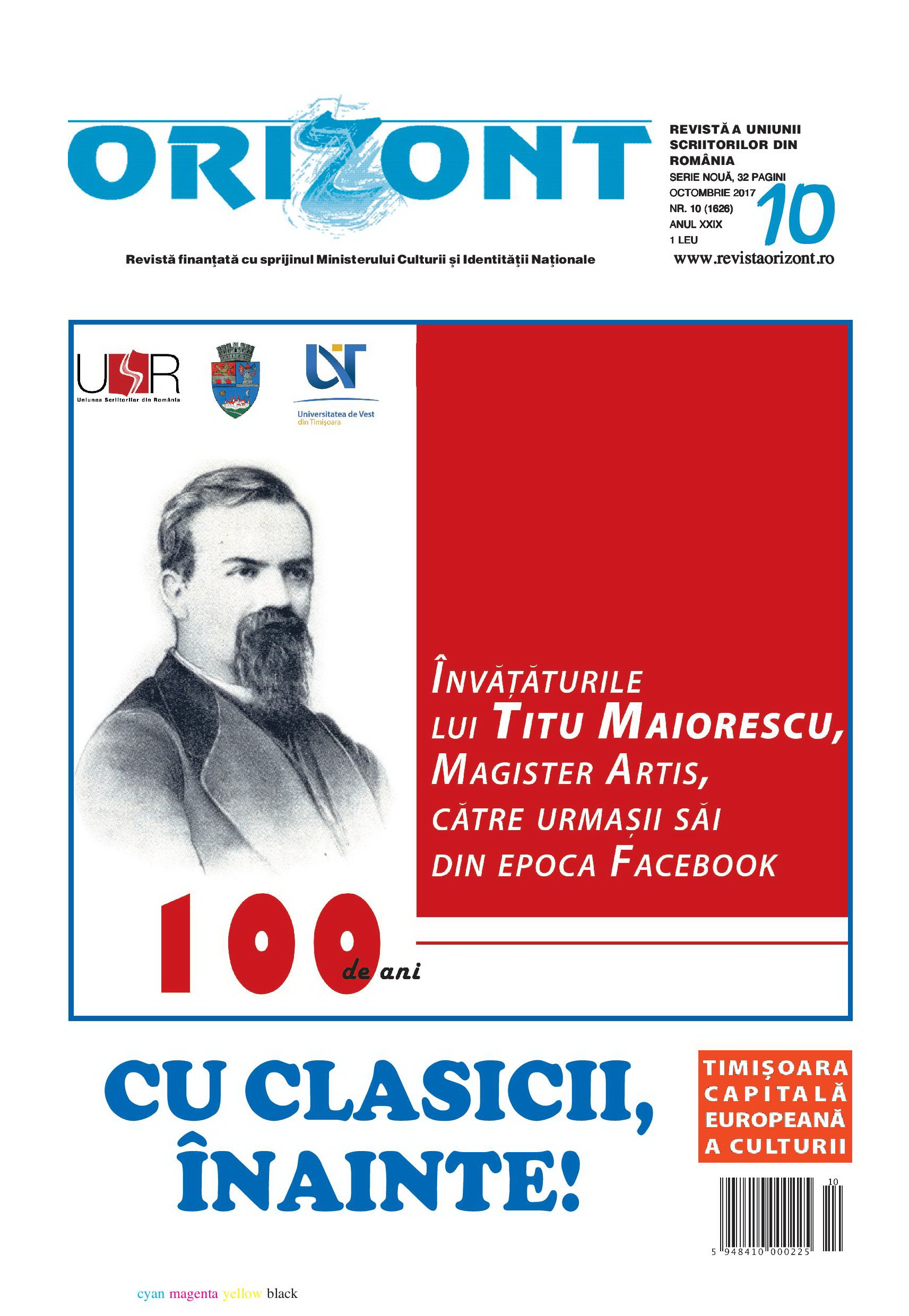
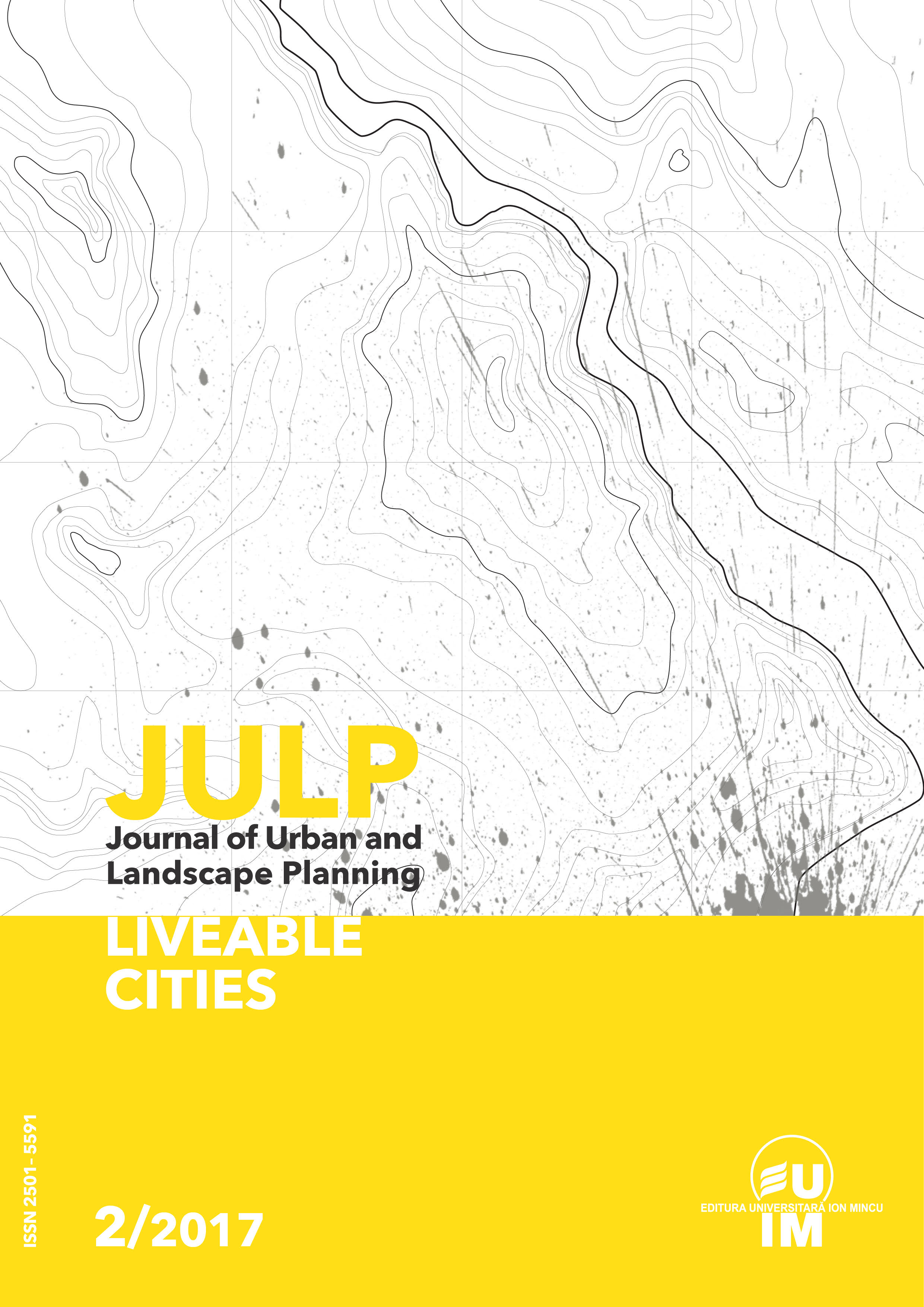
This paper presents several case studies of reused and retrofitted buildings from Karlsruhe, Darmstadt and Heidelberg and their architectural-cultural integration in the surroundings. Reasons to replace missing parts of heritage buildings were motivated by new rules regarding materials, neglect or war damage state, but also by new developments in the neighbourhoods. Conclusions underline the impact on the surroundings of the altered buildings as being rather good. Also, the new developments which raised the profile of the surroundings would not have been possible otherwise. Reuse of buildings was justified by extension of the activities, new activities or social development. Through this the impact has been also rather good. Risks evaluation are identifying the questionable threat of the heritage character dilution in the intervention when several interventions are coupled.
More...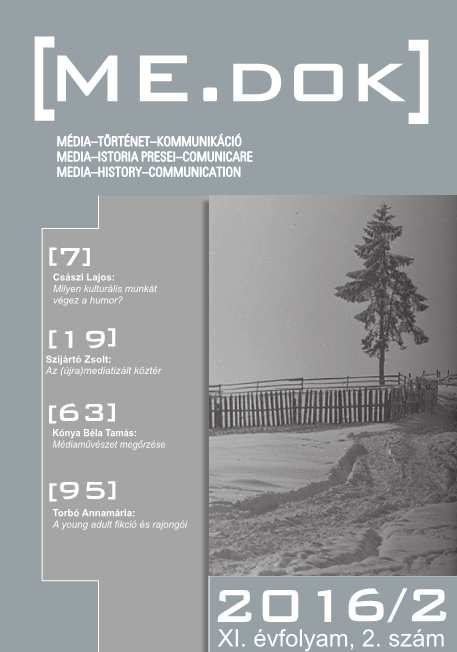
The issue has been illustrated with former press photographs kept in the Minerva Photo Archive from Cluj, Romania. The website of the archive is as follows: http://www.photoarchive.minerva.org.ro/En/
More...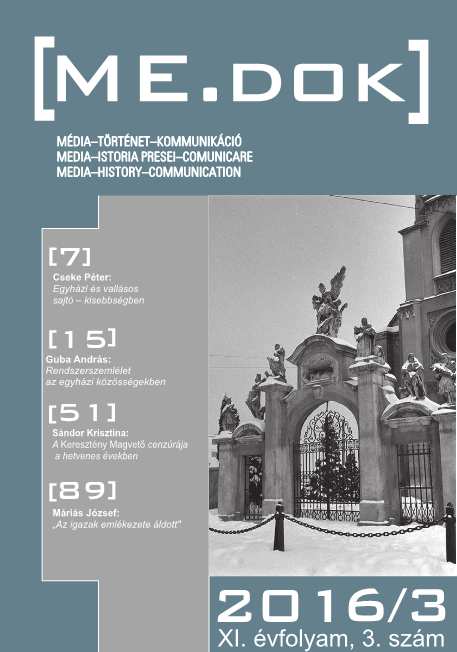
The issue has been illustrated with former press photographs kept in the Minerva Photo Archive from Cluj, Romania. The website of the archive is as follows: http://www.photoarchive.minerva.org.ro/En/
More...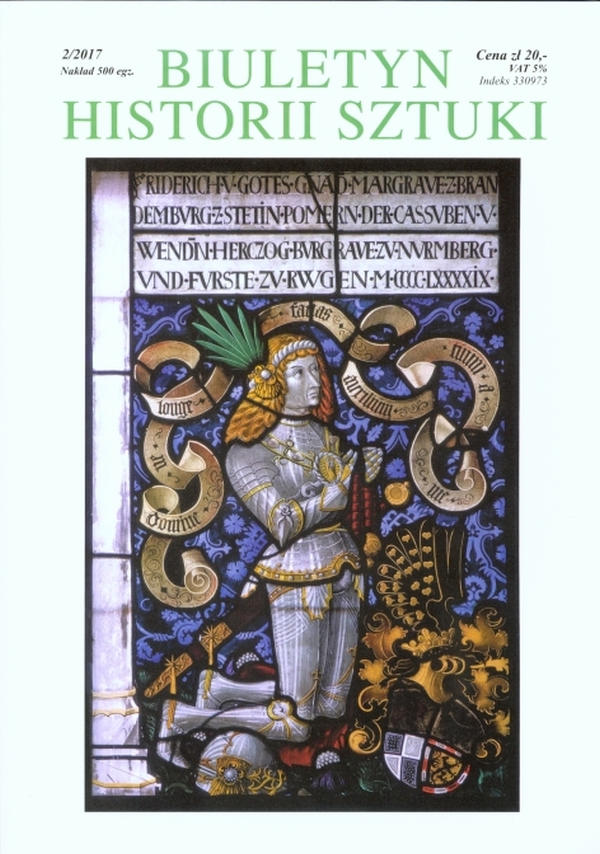



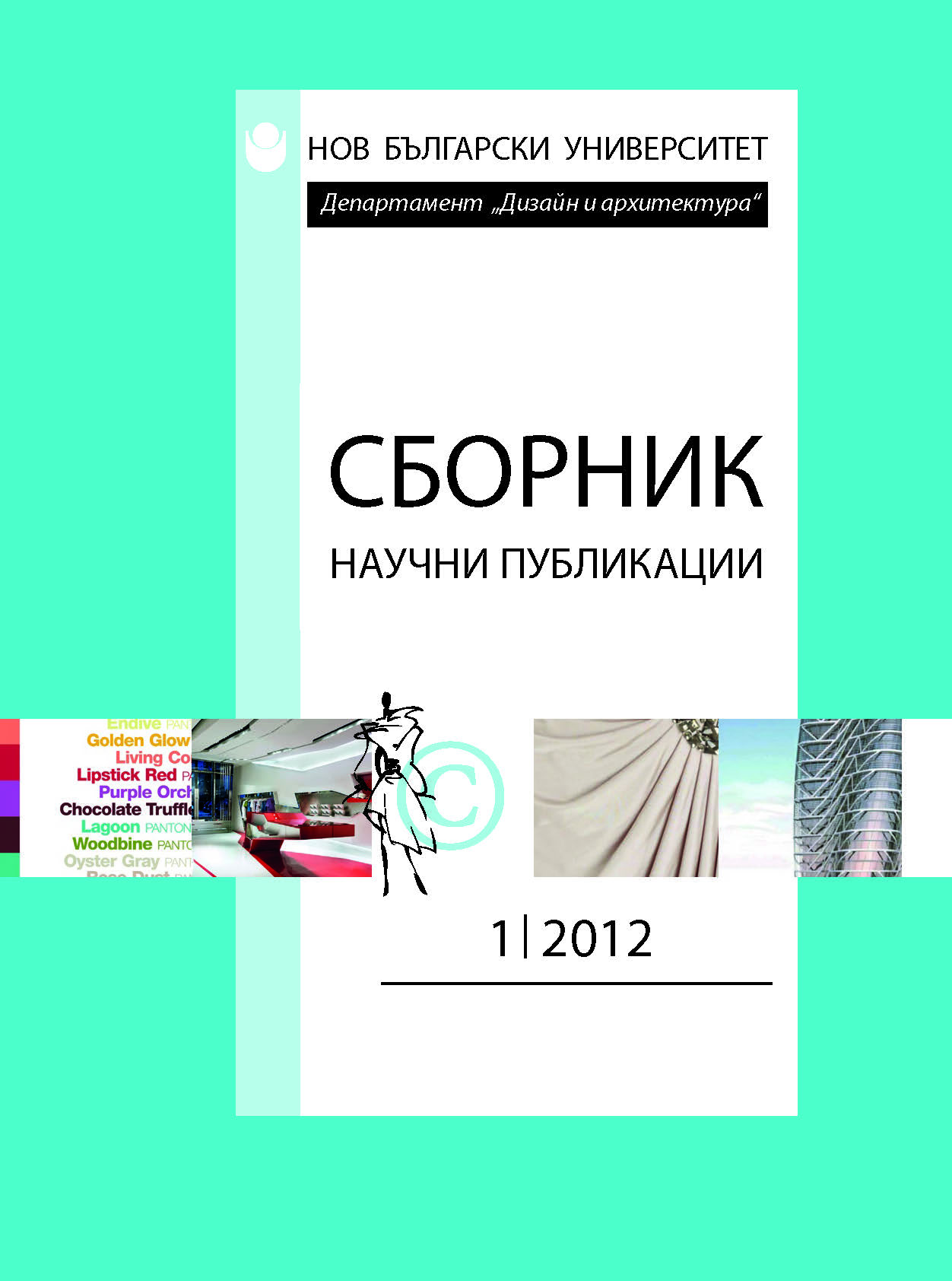
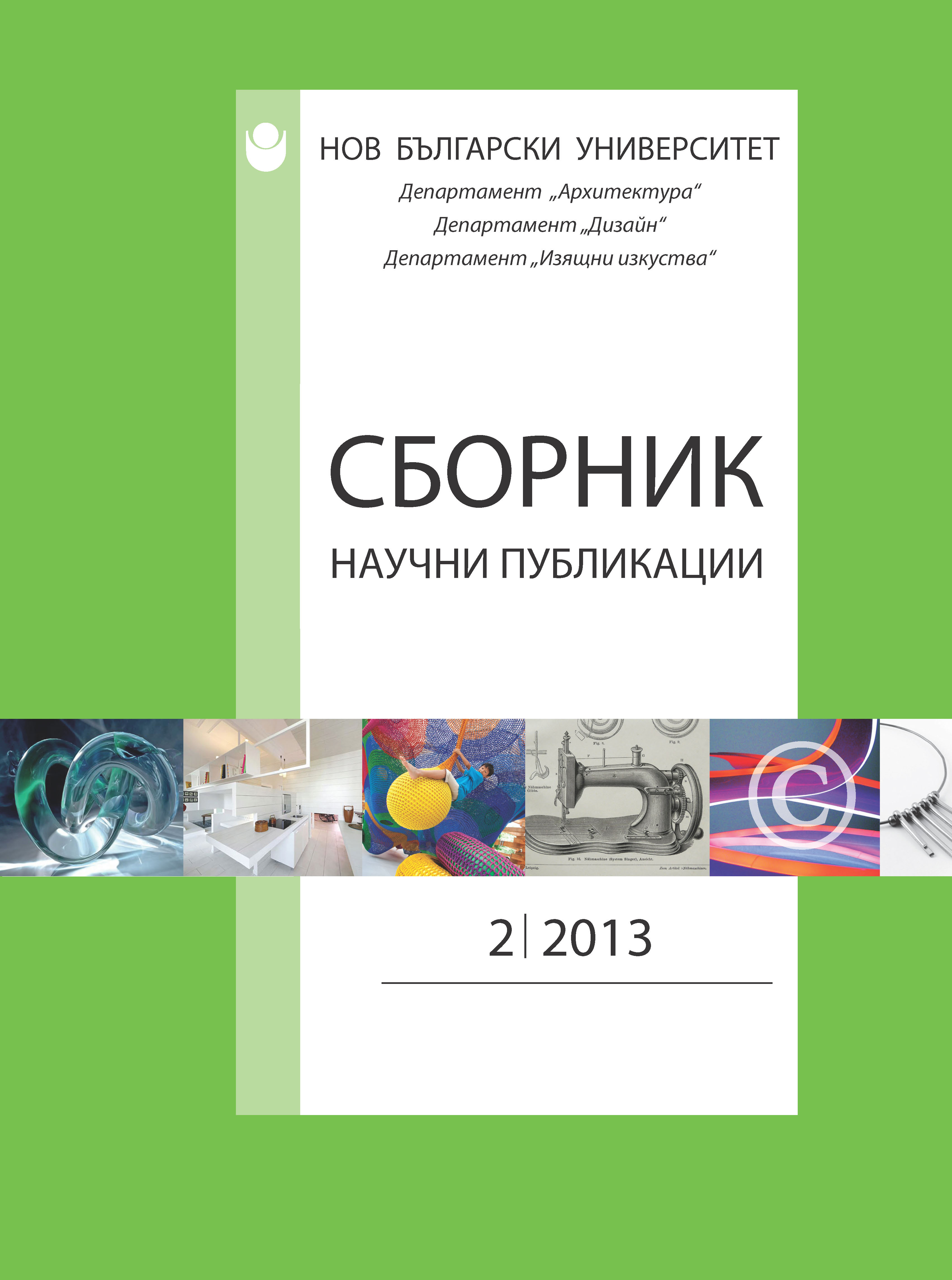
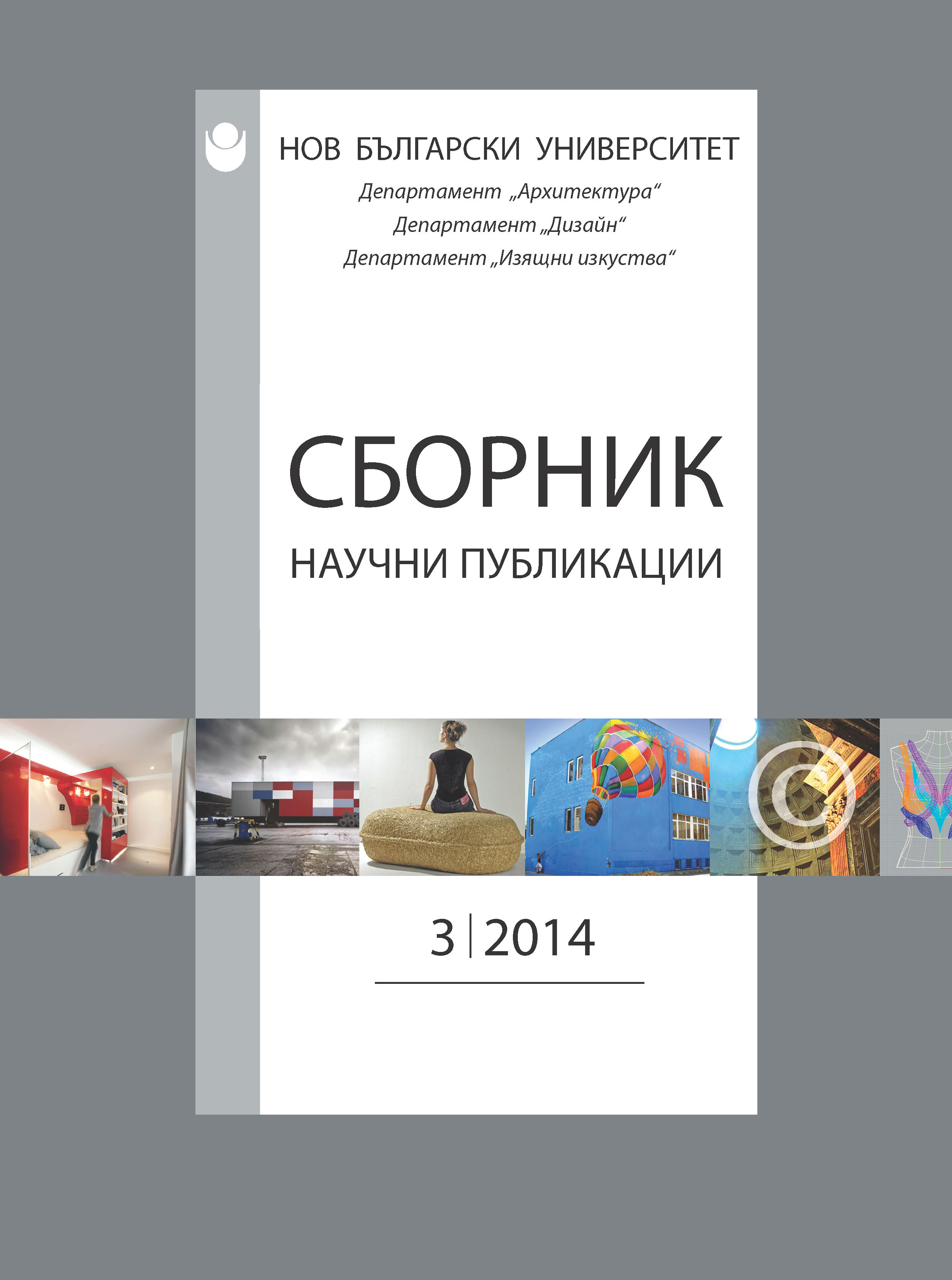
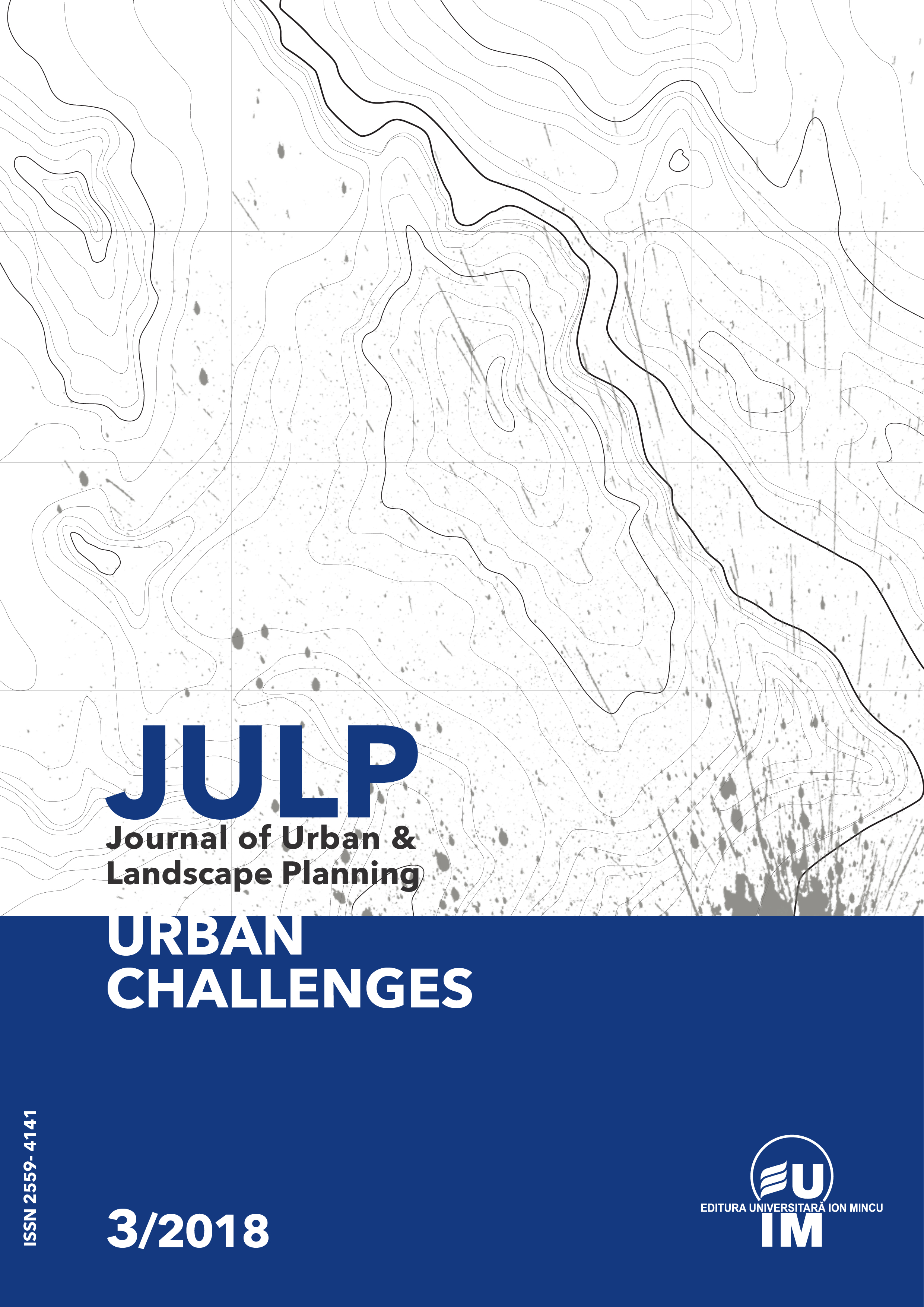
This paper presents the heritage of Germans in Romania (Danube Swabians and Transylvanian Saxons) in relationship with the regions of emigration in the home country of Germany. Nowadays there are institutions dealing with the effects of immigration on art and architecture, including research institutions and museums, and the paper makes reference to these. Also, Italian research is interested in the province of Dacia and many conservation methods come from those lessons, while many of the buildings in the home country were inspired by Italian journeys. The heritage was subjected to disasters over time (earthquake, fire, war among others) and is facing abandonment today, for which reason conservation and management of these heritage buildings is important. This conservation includes also digital conservation, such as CAD virtual reconstruction and laser scanning.The confessional history has been different, with the Saxons arriving before the church Reformation and becoming protestant, while the Swabians arrived as part of the Counter-Reform of Emperor Maria Theresia of the Habsburgs. This and the position of the dominant architecture programme for the respective periods of history of architecture determined the position of the churches of different confessions in the city. In 2017, 500 years of Reformation were celebrated, which made the question of confession topical and the agreement today between Christians. Also, the basic professions of the immigrants influenced how the church architecture spread from urban to rural areas.Research methods included looking into both scientific literature and fiction dealing with the issue of German churches and the confessional history, research in the archives on urbanism issues, visit of the sites. Baden-Württemberg, the home of the Swabians, features even more important Baroque heritage after the emigration of the Danube Swabians, which opens the questions for incentives of the movement of population that time.
More...
I wanted this exercise of imagination to make a brief analysis of the playground and the way we managed to organize it during childhood. Our space is subjectively centered. It is organized around us and our needs. Most of the time this space is organized around the home. The analysis of our childhood playground focus on the elements and sub-elements that determine the sense of community. My space is defined as the space in which I identify myself, where I find myself, I share memories and I feel a sense of belonging.The longer time we spend in a certain space, the more we get to know its little secrets, discover it and thus identify with it. The perception of space is subjective, depending on the motivations of each subject and past experiences. We can lear and study the inherited rules from the way we were protecting the garden, retaining the same parking lot or by the way we organised the games in the given space. The space had also to satisfy emotional needs so that the sense of belonging can create social relationships.Architectural space must be understood as the mental image of the built environment, a space with rules that derive from basic human relations, a space that is organised by feelings and social connections.
More...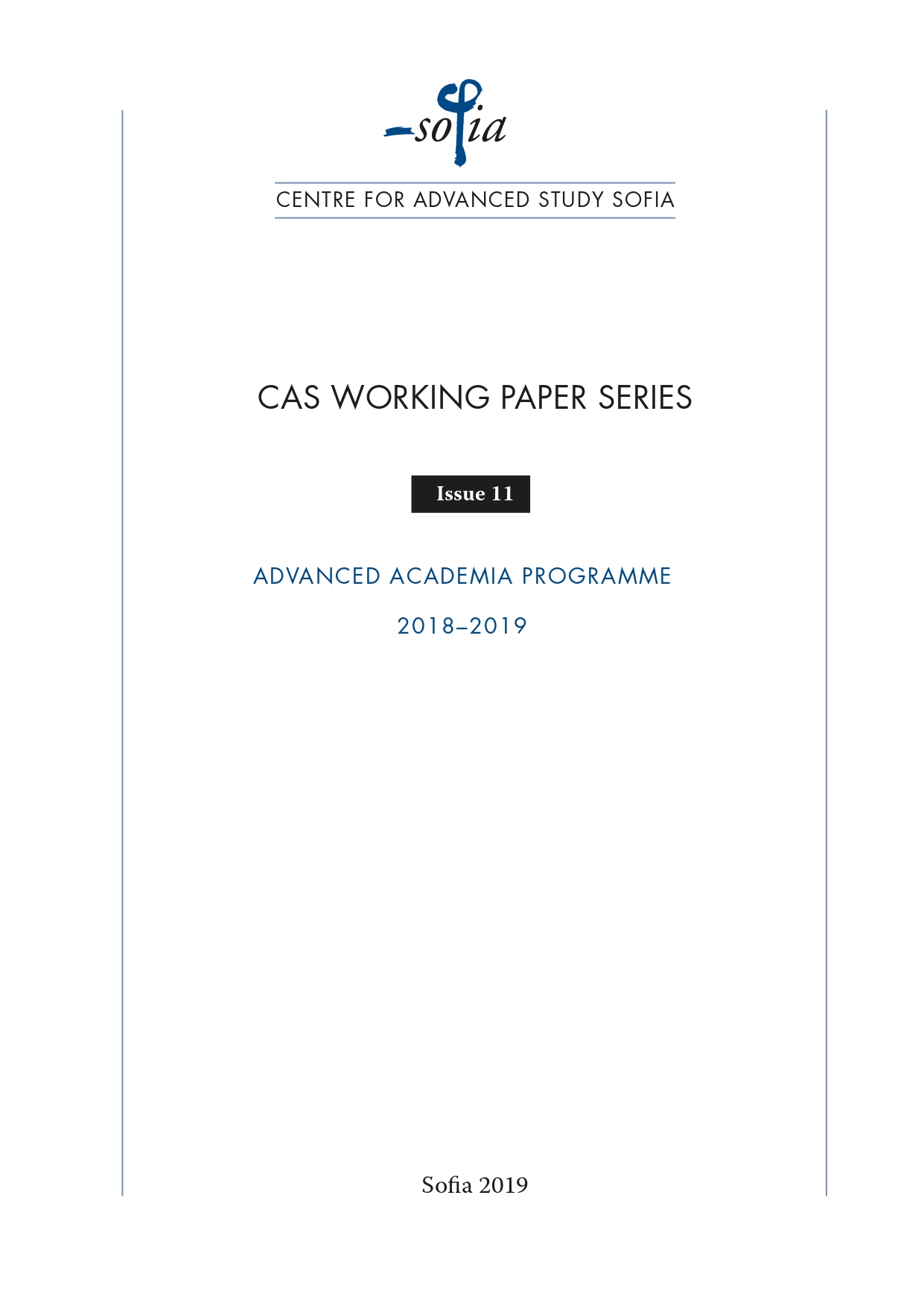
In this review, the authors present the historical development and recent state of the art of two spheres: art and psychoanalysis. The authors put the light to these two areas through a set of examples, analyses and determinant attitudes. In the same way they evaluate the part of the psychodynamic orientation in both aspects of visual arts and literature. The meeting of these great spheres has also been mutually fruitful and rewarding. Many authors, from Freud (1971) and his predecessors who showed interest in the artistry of insane patients to contemporaries, were mentioned in this context, together with the evaluation of their contribution in the domain of science.
More...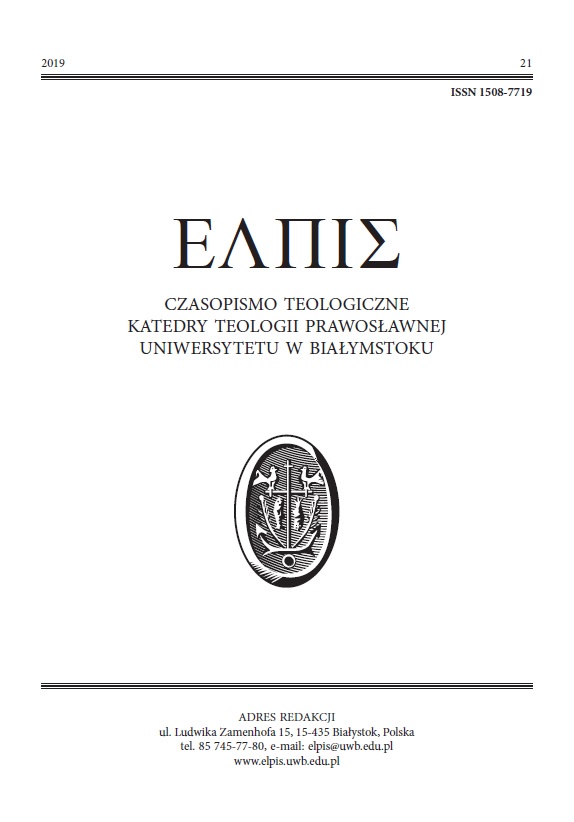
For many centuries Christian sacral life was a main trigger in the general development of Georgian culture. Various Christian temples with exclusive, typical for this part of the world features and details, constituted an important element of the social and political life of the country. It also played an important role in spreading Christian faith in the region. This specific Georgian sacral architectural style was finally formed in V-VI centuries AD. The best sample of this style could be the Sioni Cathedral in Bolnisi that survived till now. The golden age of the sacral Christian architecture in Georgia falls on the X-XIII centuries, when a numerous monumental and expressive Christian temples have been created. The development of this trend started to loose it’s tempo in the 14th century, when Georgia suffered a constant unrest caused by the aggressive and destructive activity of the neighboring countries.
More...